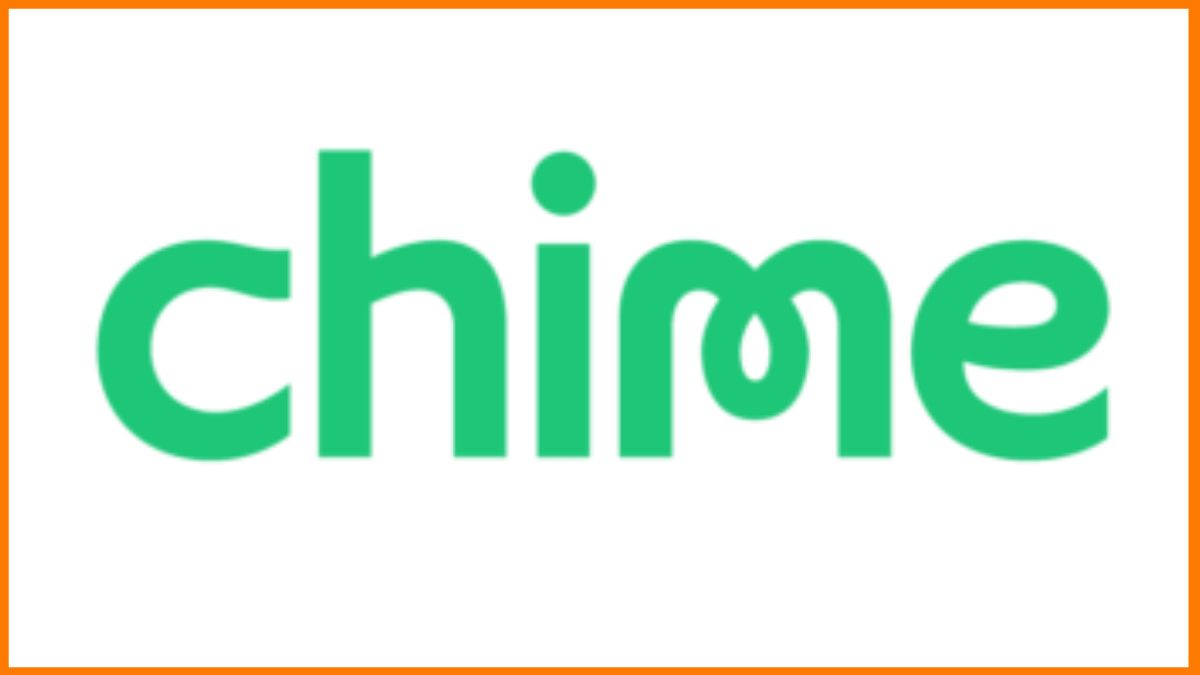AI technology is redefining investment in that it makes the processes faster, simpler, and wiser. In fact, these innovations tend to churn vast amounts of data through machine learning, define optimal asset mixes, and execute trades quickly and carefully. Investors can expect intelligent guidance, automatic adjustment of position sizes, and plans that change markets. It captures a large amount of external data that provides invisible analytics. Reducing manual work and embedding behavior insights give even professional and beginner investors a definite advantage. The result will be a sleek and sustainable increase in portfolios that have the potential for significant scaling up.
| Tool | Unique Features / Differentiators | Target Audience / Best Use Case | Key Strengths | Limitations / Challenges |
|---|---|---|---|---|
| Bloomberg Terminal | Built-in chat for teams, mobile app, proprietary & third-party research | Finance professionals needing real-time market data & trading tools | Comprehensive market coverage, risk analytics, alerts | Expensive, complex for beginners |
| Alphasense | AI summaries, tone checks, Smart Synonyms™, ESG checks | Businesses, investors, researchers for market intelligence | Fast document/data search, expert insights | Limited visualization, collaboration restricted |
| Finbox | Automated cash flow/dividend models, API & Excel integration | Investors & analysts needing valuation models & screeners | Instant fair value estimates, curated portfolio ideas | No direct broker integration, limited data export |
| Betterment | Goal-based investing, smart-beta & factor-based options | Robo-advising & personal investors | Tax-loss harvesting, easy app tracking | Premium features for high-balance accounts only |
| QuantConnect | Open-source LEAN engine, Python/C# API, 15k+ backtests/day | Quant researchers & developers for algorithmic strategies | High scalability, backtesting, live trading | Setup challenging for beginners, extra cost for datasets |
| Wealthfront | Direct indexing, FDIC-insured cash accounts, custom portfolios with crypto | Digital-first investors seeking robo-advisory | Automated portfolio creation, low fees | No human advisor, limited mutual fund options |
| NumerAI | Crowdsourced AI models, staking with Numeraire (NMR) | Data scientists & quantitative analysts | Encrypted data, low fees, global talent pool | Requires coding/data skills, only hedge fund exposure |
| Nitrogen Wealth | Automated Risk Number, AI-generated proposals, sandbox testing | Financial advisors & wealth management firms | Risk monitoring, client engagement, CRM integration | Advisor-focused, not for direct retail investors |
| Plaid | Aggregates 12,000+ financial institutions, fraud checks, wealth APIs | Developers & fintech firms | Flexible APIs, cross-platform integration | Some features enterprise-only, add-ons may cost extra |
| EidoSearch | Predictive analytics, pattern detection, backtesting | Institutional investors, quant researchers | Custom asset strategy search, visual analytics | Professional-level, IT support often required |
Bloomberg Terminal
| Website | bloomberg.com/professional/terminal |
|---|---|
| Rating | 4.6 |
| Free Trial | No |
| Best For | Finance professionals needing real-time market data, news, analytics, trading, and communication tools. |
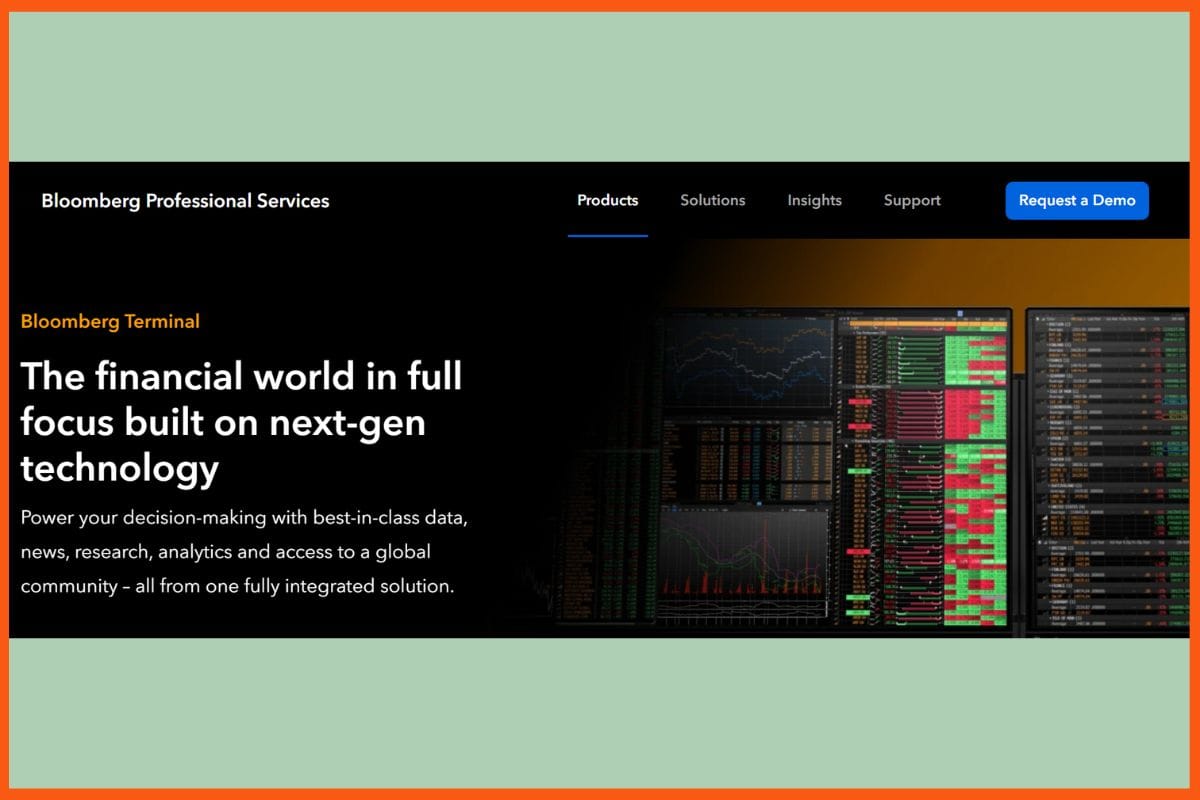
Bloomberg Terminal, being an AI-powered solution for investing, ensures that decisions are taken quickly and smoothly by providing real-time market data, instant news, and intelligent tools to help with wise decisions. It has made tough jobs easy with AI insights, risk analytics, and personalized views. Spot chances, cut down risk, and act fast within the system. Speedy action is triggered by built-in reporting, alerts, and datasets. Teams stay linked via Built-in chat; one can keep updated while on the go with the mobile application. Strong tracking capabilities report on a portfolio’s performance, assisting users with refining and growing returns. In fast markets, the Bloomberg Terminal makes all work simple, sharp, and effective.
Pros
- Quantitative analysis of market data in real-time
- Broad range of tools for risk and performance attribution
- Insight from both proprietary and third-party research,
Cons
- Expensive for smaller firms and individuals
- Model complexity may require training for a new user.
Pricing
Bloomberg Terminal offers custom pricing; contact them for a quote.
Alphasense
| Website | alpha-sense.com |
|---|---|
| Rating | 4.7 |
| Free Trial | No |
| Best For | Businesses, investors, and researchers using AI-powered market intelligence, document search, and financial insights. |

Alphasense is powered by AI for fast investing through pulling insights from millions of reports, calls, and filings in seconds. Its smart tools consist of AI summaries, tone checks, and the Smart Synonyms™, which help managers to easily track trends, test ideas, and spot risks. For example, the platform enables one to model data into key numbers and set up auto reports. All deep research has been cut down to little. Both top and bottom reviews become simple and fast. The artificial intelligence machine learning, joined with the viewpoints of experts, smooths workflows, takes care of ESG checks, and has alerts to provide guidance in almost real time.
Pros
- Speedy document and data searching.
- AI summaries and chat-based research.
- Integrated insights from experts and brokers
Cons
- Limited visualization tools.
- Collaborate only with licensed users
Pricing
Alphasense offers custom pricing; contact them for a quote.

Finbox
| Website | finbox.com |
|---|---|
| Rating | 4.7 |
| Free Trial | Yes |
| Best For | Investors and analysts needing AI-assisted valuation models, screeners, watchlists, and financial modeling tools. |
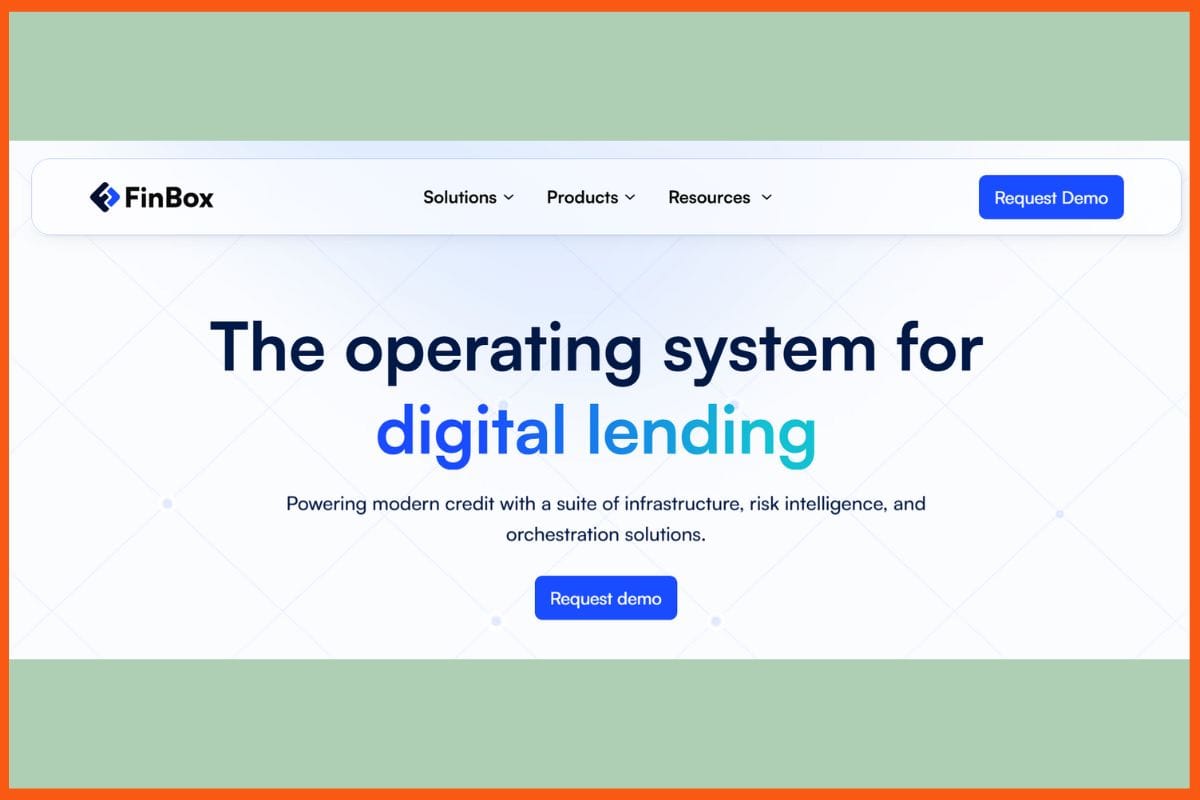
Finbox is a cloud AI platform that performs stock research in record time and with minimum effort. With coverage of over 100,000 global stocks, it provides fair value estimates instantaneously based on an automated cash flow and dividend model. Users can filter through more than 1,000 financial metrics to pinpoint the data they require with utmost precision. The platform also enables investors to vet top portfolios for investment ideas. Data can be effortlessly transferred to Excel or accessed via APIs, while an intuitive dashboard organizes the tools for both beginner and professional users under one roof. Custom watch lists, price alerts, and historical data facilitate rapid testing and feed into better strategies.
Pros
- Automated Value Models, offering an instant fair value
- Direct access through Excel and custom API access
- Ideas curated from the portfolios of premier investors.
Cons
- Absence of direct broker integration for live execution.
- Data export is very limited without upgrades.
Pricing
Finbox offers custom pricing; contact them for a quote.
Betterment
| Website | betterment.com |
|---|---|
| Rating | 4.8 |
| Free Trial | Yes |
| Best For | Robo-advising, goal-based investing, tax-loss harvesting, and cash management. |
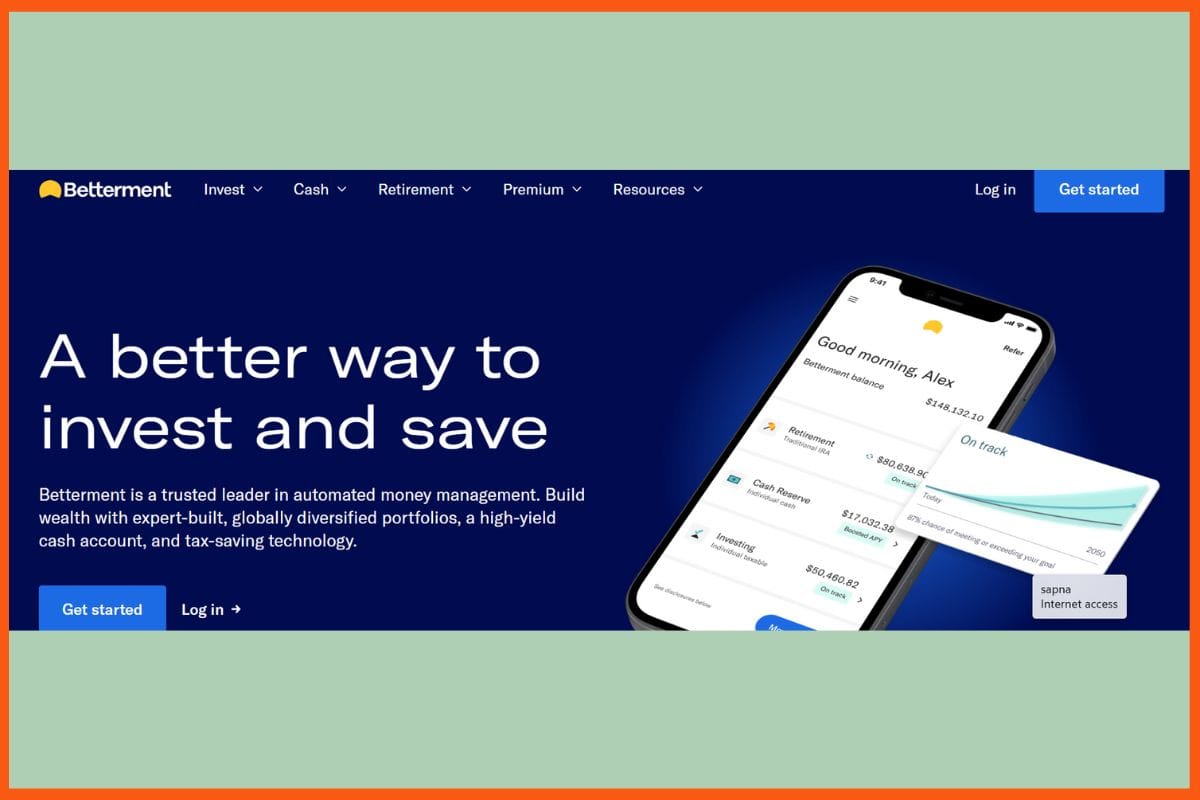
Betterment uses artificial intelligence to make portfolio management hassle-free and automatic. The firm combines tax-loss harvesting, strategic portfolio rebalancing, and goal-based investing with ETF diversification and some personalization. Through smart algorithms, asset allocation gets adjusted as goals work through changes or the market takes its own shape, thereby keeping portfolios low-risk and on track. Investors may watch growth in real-time, set up screens for social impact, and explore smart-beta or factor-based options for extra returns. The platform engages simplicity and insight to allow novice and advanced users to invest with confidence. With app-based access, people can check returns, get advice, and act on plans anytime, turning investing, saving, and wealth building into a smooth and guided process.
Pros
- Affordable, transparent fees
- Real hands-off automation with tax-loss harvesting
- App-based goal setting and available for tracking 24/7.
Cons
- Financial planning has premium prices in premium plans.
- Advanced features are only available to high-balance accounts
Pricing
| Plan | Pricing |
|---|---|
| Individuals | $0–$20K Balance → $4.1/month |
| Employers | Request for Proposal (RFP) |
| Advisors | Request for Proposal (RFP) |
QuantConnect
| Website | quantconnect.com |
|---|---|
| Rating | 4.7 |
| Free Trial | Yes |
| Best For | Quantitative researchers, developers, and traders building, backtesting, and live-trading algorithmic strategies across multiple asset classes via an open-source engine (LEAN). |
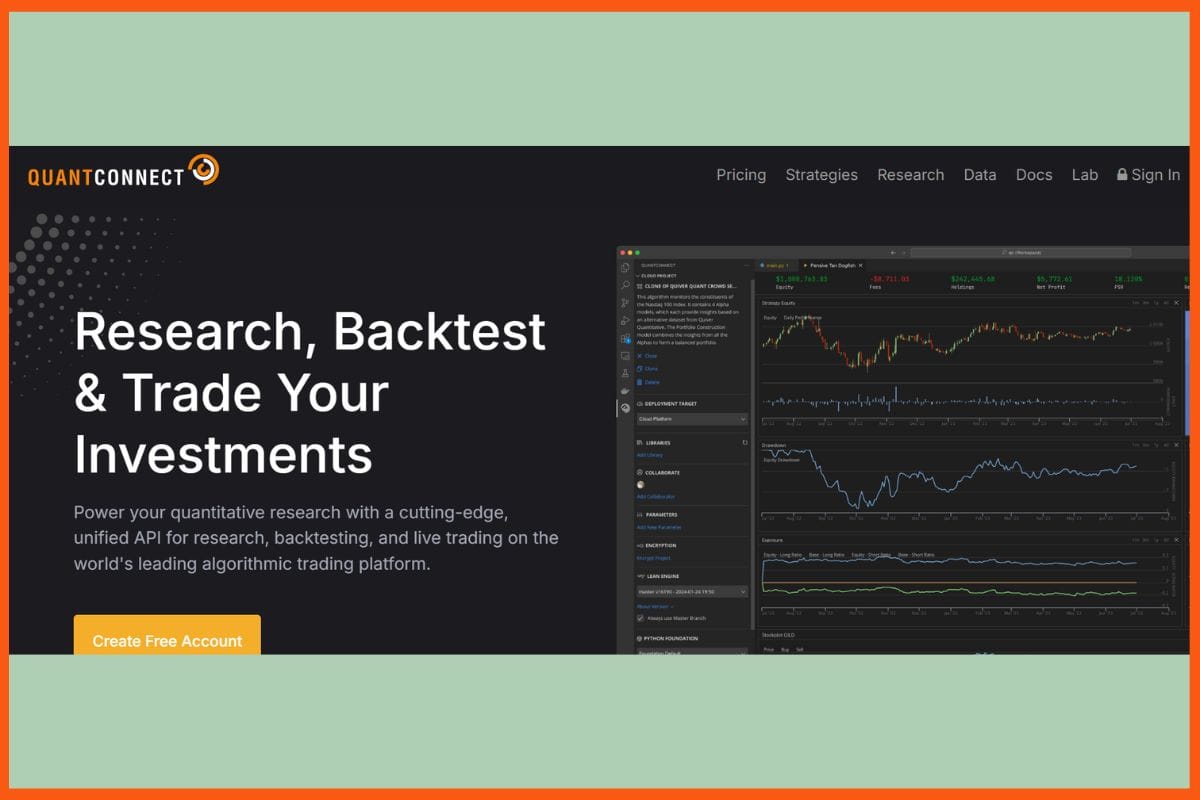
QuantConnect is an open-source artificial intelligence platform for trading and portfolio strategy design that allows users to build, test, and run automated strategies in stocks, forex, crypto, and options. The cloud infrastructure can run over 15,000 backtests a day, complete with real-time risk checks and robust broker integrations, and there is also an API in either Python or C# for configuring custom signals. Traders can benefit from many extensive datasets, Jupyter notebooks, and tools for live trading with automated reconciliation. The platform also enables group activities, licensing from Alpha Stream, and heavy portfolio analytics, making life easier for both small traders and capital allocators in developing scalable, event-driven strategies.
Pros
- Highest scalability and fidelity with respect to backtesting
- Open-source nature and community support, and monetization options
- Cloud notebook and API are available for custom modeling
Cons
- Setting up code for beginners could prove challenging
- Extra charges for specialized datasets
Pricing
| Plan | Pricing |
|---|---|
| Researcher | $60/month |
| Team | $120/user/month |
| Trading firm | $336/user/month |
| Institution | $1080/user/month |

Wealthfront
| Website | wealthfront.com |
|---|---|
| Rating | 4.4 |
| Free Trial | No |
| Best For | Digital-first investors seeking robo-advisory services including automated investing, tax-loss harvesting, goal-based planning, and high-yield cash management. |

Wealthfront is an AI-driven wealth builder, so investors can build and configure portfolios without being overburdened by difficult tasks that diminish their time. The thing about a Wealthfront account is that the system itself can create a designated account and place one’s money into stocks, groups of stocks, bonds, ETFs, REITs, cryptocurrencies, or social-responsibility funds allocation, which will change over time as the market changes or new money is deposited. The app offers high-yield cash accounts, smooth movement of funds, and FDIC insurance up to $8 million. With direct indexing for Wealthfront accounts over $100,000, users can unlock a significantly higher growth rate by crushing the taxes.
Pros
- low fee of 0.25%, and the minimum investment is $500.
- Tax-loss harvesting takes place every day for every account.
- Custom portfolios with fractional shares and some crypto exposure.
Cons
- There is no human advisor to talk to.
- Limited direct mutual fund options or trading flexibility.
Pricing
| Plan | Pricing |
|---|---|
| Annual Advisory Fee | 0.25% annually |
NumerAI
| Website | numer.ai |
|---|---|
| Rating | 4 |
| Free Trial | Yes |
| Best For | Data scientists and quantitative analysts who want to build machine learning models, compete in stock-prediction tournaments, stake models with Numeraire (NMR), and potentially earn rewards. |

NumerAI is an unusual hedge fund that works with machine learning in a crowdsourcing capacity. Over 100 data science models create predictors to predict the world’s stock markets. This is achieved using encrypted, anonymized datasets with a combination of meta-models, which are designed as the finest choice for the quality of signals being measured by accuracy and diversity. NumerAI delegation gives its signal for prediction assessments for some staking in NMR coins. Those who get lucky receive rewards and can continue in the program. However, those getting down go O.S. and lose their connected NMR tokens, sort of self-correcting in nature from that perspective.
Pros
- Crowdsourced global data science talent
- Superior confidentiality, encrypted model submissions
- Fees are lower than those of a traditional hedge fund.
Cons
- Necessary data science or coding skills for contribution
- No retail portfolios, hedge fund investment only.
Pricing
NumerAI offers custom pricing; contact them for a quote.
Nitrogen Wealth
| Website | nitrogenwealth.com |
|---|---|
| Rating | 4 |
| Free Trial | Yes |
| Best For | Financial advisors and wealth management firms seeking AI-driven risk assessment, client engagement, proposal generation, and portfolio analytics. |

Nitrogen is an AI-powered platform for advisors to manage risk, design portfolios, and establish client trust. Key elements include automated risk scores (Risk Number), live asset reviews, AI-generated meeting notes, smart proposals, and sandbox testing of new ideas. It integrates with widely used CRMs and planning applications for a smooth workflow. The platform also allows easy onboarding and oversight, providing activity monitoring tools for compliance in real time. Custom analytics, clear reports, and optimized allocations scale advice and keep clients engaged. Nitrogen’s interface brings together automation and insight quickly, allowing advisors to work quickly and clearly-growing and managing portfolios with ease.
Pros
- Automated visual risk and performance monitoring
- Integrates effortlessly with Proprietary Tech stacks and CRMs
- Real-time asset class drill-down and allocation optimisation
Cons
- Advisor-focused, unsuited for direct retail investors.
- Requires customization training for new users
Pricing
Nitrogen offers custom pricing; contact them for a quote.
Plaid
| Website | plaid.com |
|---|---|
| Rating | 4 |
| Free Trial | Yes |
| Best For | Developers and fintech firms needing secure, standardized access to users’ bank data and payment initiation across thousands of institutions. |
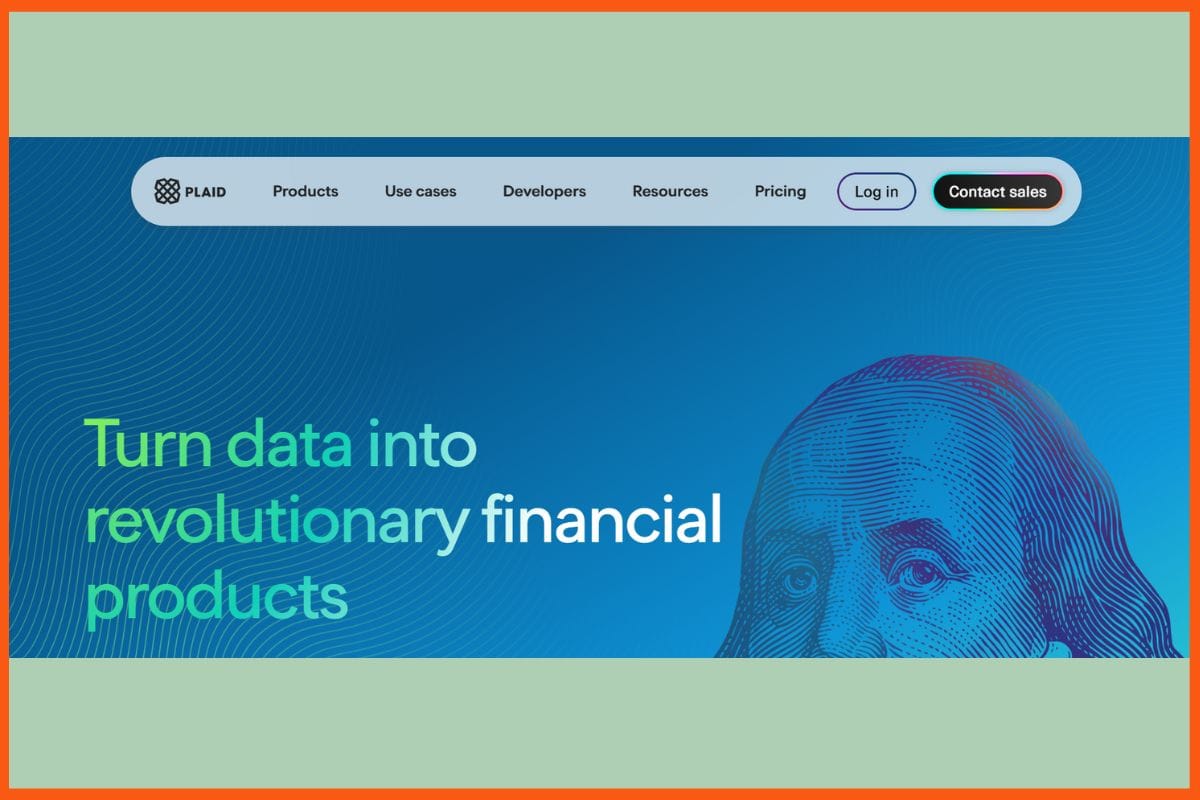
Plaid links more than 12,000 financial institutions, providing users and advisors with one dashboard to see all their accounts—banking, brokerage, retirement, cryptocurrency, and loans. Their AI tools sort transactions, generate fraud checks, and effectuate cross-platform syncing, hence making portfolio monitoring and risk control a cinch. Wealth APIs feed live data on investments, give real-time previews for liabilities, and accelerate the onboarding experience across apps. Plaid also helps surface trends in spending and saving, thereby facilitating personalized financial advice. The platform is highly flexible and developer-friendly. Considering security, privacy, and identity checks form its core principles, Plaid guarantees compliance while granting clean and reliable insights to investors and advisors about their entire financial picture.
Pros
- comparable variety of accounts for global aggregation
- Platform-agnostic, mobile, desktop, and third-party apps compatibility
- Developer-friendly with very flexible APIs and analytics
Cons
- Advanced analytics and add-ons attract further costs.
- Availability of selected features only for enterprise clients.
Pricing
Plaid offers custom pricing; contact them for a quote.
EidoSearch
| Website | eidosearch.com |
|---|---|
| Rating | 4 |
| Free Trial | Demo available on request |
| Best For | Institutional investors, quant researchers, and analysts who want AI/pattern-driven predictive analytics and probability-based decision tools across equities, futures, currencies, and more. |

EidoSearch detects the patterns and forecasts asset moves on behalf of investors, with speed and accuracy, through the scanning of millions of financial time series using advanced AI. Its search engine instantaneously retrieves analogous events in the market, revealing analogs and outcomes to inform active portfolio decisions. The platform produces predictive signals, backtests concepts, identifies periods of risk or opportunity, and allows users to test strategies against custom criteria for the market. It is directly integrated with leading order management systems (OMS) and data feeds in a seamless workflow; sophisticated dashboards and visual analytics make deep market research accessible to any investment team.
Pros
- Doing real-time big data action discovery.
- Custom asset strategy predictive pattern search.
- Backtesting and forecast tools with visual analytics.
Cons
- very institutional and professional.
- Customization and integrations may need IT support.
Pricing
EidoSearch offers custom pricing; contact them for a quote.
Conclusion
AI tools have brought about changes in portfolio management in terms of speeding up the processes, automating some functions, and giving smart insights to investors. In managing investments, they utilize prospective models, risk checks, and large data sets to improve returns while cutting exposure to market swings. Rebalancing is easy under these systems since the strategies adjust according to changing conditions. Clear dashboards and easy access bring advanced investing within reach of more people and remove barriers that once limited smart portfolio design. It offers such powerful backing to new and professional users alike by marrying efficiency with transparency. If any imminent technology advances by made, portfolios will become sharper and flexible.

FAQs
How is AI changing investing?
AI speeds up investing by analyzing data, automating rebalancing, and reducing risks for smarter portfolios.
What are some Best AI Tools for Portfolio Management?
Some Best AI Tools for Portfolio Management:
- Bloomberg Terminal
- Alphasense
- Finbox
- Betterment
- QuantConnect
- Wealthfront
- NumerAI
- Nitrogen Wealth
- Plaid
- EidoSearch





